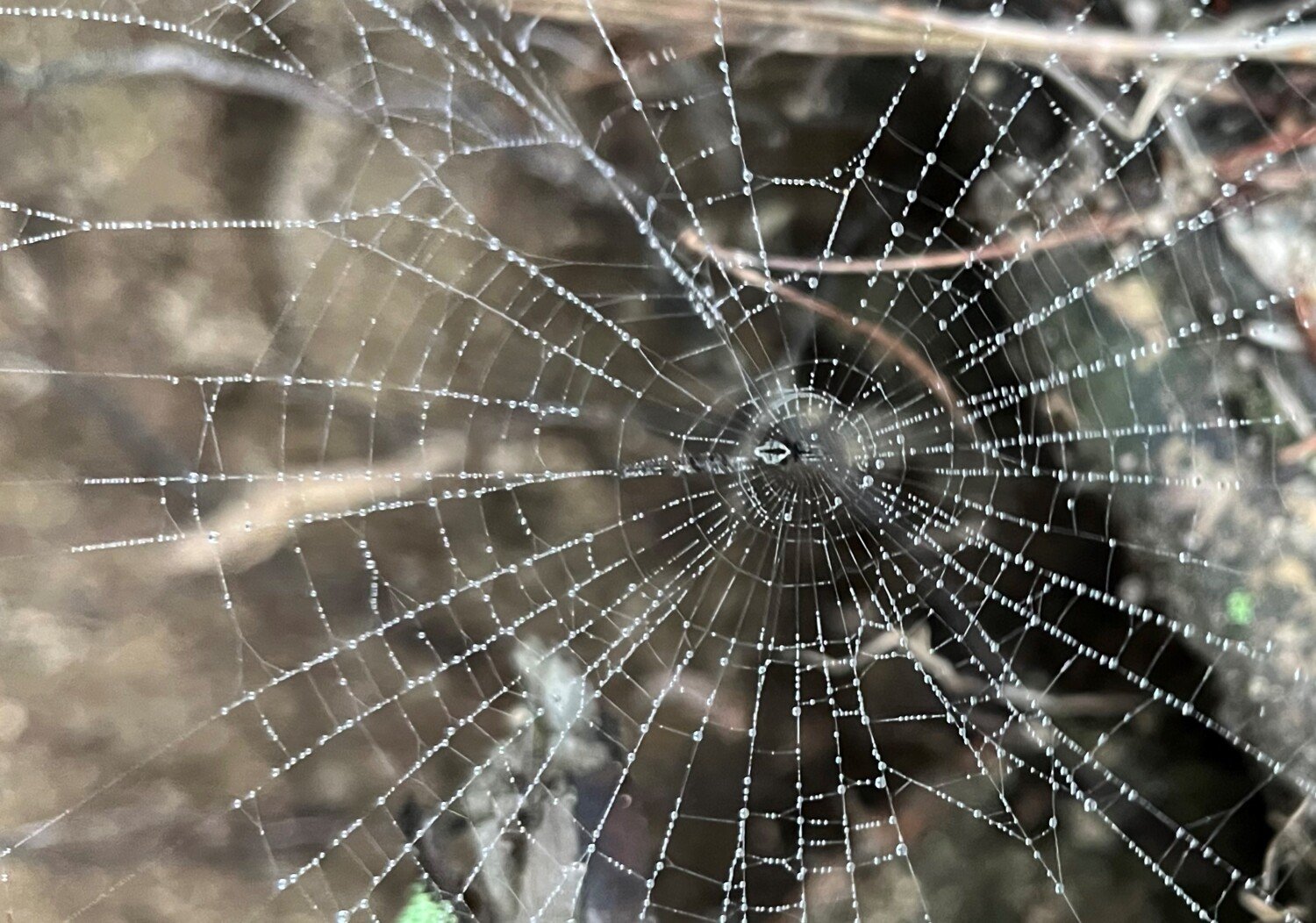New ways to strengthen biomimetic spider-silk

Researchers at Karolinska Institutet have found that spiders have a special trick to make their silk strong, by using a natural biocompatible molecular enhancer. By using the same secret the researchers are able to create biomimetic spider-silk fibers in a non-toxic way.
Spider silk is known for being a strong and environmentally friendly material, while biomimetic spider silk-like fibers currently fall short in terms of mechanical performance.
One strategy to increase the mechanical strength of biomimetic spider silk-like fibers is by introducing amyloid-forming motifs (fibrillar protein assembles) into spider silk proteins (spidroins). However, it is then important to note that amyloid fibrils are inherently toxic, e.g. silk nanofibrils derived from cocoons, potentially associated with various diseases.
Gefei Chen, principal researcher at the Department of Biosciences and Nutrition, Karolinska Institutet and corresponding author of this new study, explains that in this study, the molecular enhancers (spacer domains) instead self-assemble into amyloid-like fibrils through pathways likely avoiding formation of cytotoxic intermediates. Incorporating this spacer domain into a chimeric spidroin facilitates self-assembly into silk-like fibers, increases fiber molecular homogeneity, and markedly enhances the fiber mechanical strength.
This spacer domain hence offers a way to enhance the properties of recombinant spider silk-like fibers and the researchers hope to be able to use this strategy on different functional materials to enhance their mechanical properties.
The study was a team effort by researchers from Karolinska Institutet, Soochow University (China), and Umeå University, with a mix of tools including artificial intelligence, math models, and a method to spin silk.
